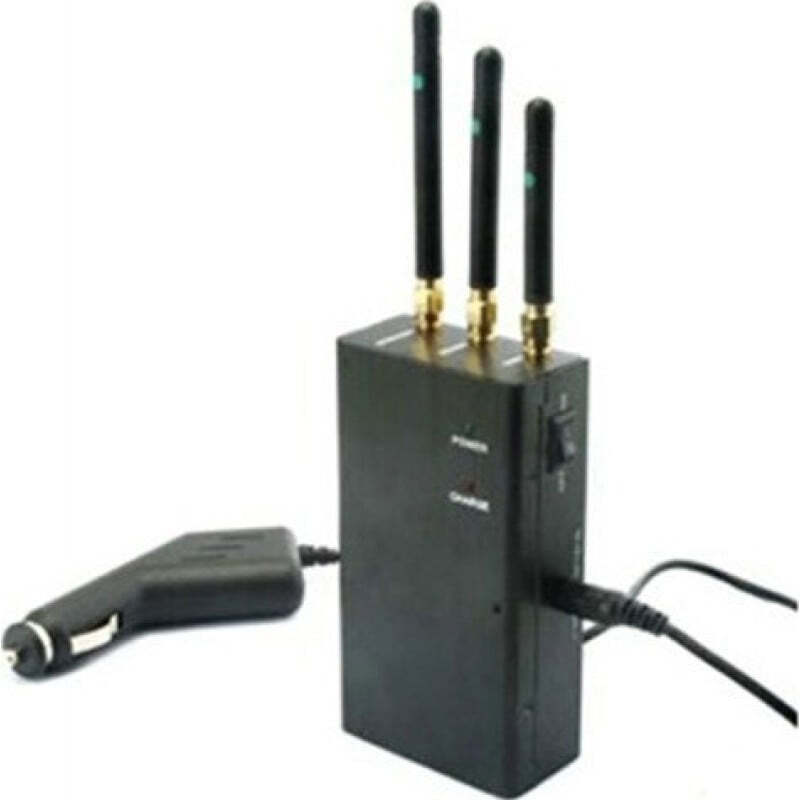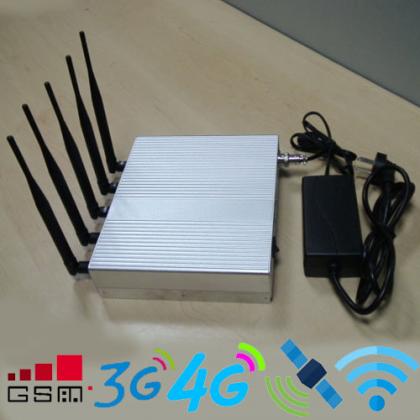
Based on these filter settings, we can use Aireplay-ng to attack specific nodes on specific APs. While the tools included are interesting, only -deauth is helpful in jamming a Wi-Fi connection. migmode : attacks WPA migration mode (-8) caffe-latte : query a client for new IVs (-6) fragment : generates valid keystream (-5) chopchop : decrypt/chopchop WEP packet (-4) arpreplay : standard ARP-request replay (-3) interactive : interactive frame selection (-2) fakeauth delay : fake authentication with AP (-1) deauth count : deauthenticate 1 or all stations (-0) ~$ aireplay-ng -helpĪireplay-ng 1.5.2 - (C) 2006-2018 Thomas d'OtreppeĪttack modes (numbers can still be used): For Aireplay-ng, we see the following relevant information. To understand Aireplay-ng vs MDK3 as jamming tools, we should take a look at the help file for each tool. For now, we'll start using a mix of deauthentication and disassociation to increase our chances of persistently taking out a network. While there are more advanced jamming attacks based on interrupting CTS (clear to send) or data packets, we'll save those attacks for another guide. Wi-Fi Allianceīecause of this, deauthentication and disassociation attacks are just one of many which may be employed against a Wi-Fi network. They augment privacy protections already in place for data frames with mechanisms to improve the resiliency of mission-critical networks. Wi-Fi CERTIFIED ac and WPA3 devices require Protected Management Frames. Unicast management action frames are protected from both eavesdropping and forging, and multicast management action frames are protected from forging. Wi-Fi CERTIFIED WPA2 with Protected Management Frames and Wi-Fi CERTIFIED WPA3 provide protection for unicast and multicast management action frames. In fact, WPA3 protects against this attack, as do some types of WPA2. The difference between deauthentication and disassociation frames is primarily the way they are used.Īn AP looking to disconnect a rogue device would send a deauthentication packet to inform the device it has been disconnected from the network, whereas a disassociation packet is used to disconnect any nodes when the AP is powering down, rebooting, or leaving the area.ĭifferent networks may be equipped with various countermeasures, so deauthentication itself may not work. Dissasociation Packetsĭisassociation packets are another type of management frame that is used to disconnect a node (meaning any device like a laptop or cell phone) from a nearby access point. But many who use Aireplay-ng may not know that there is another kind of management frame that can be abused to take out clients on a WPA network. Spamming a target with deauth packets is simple but effective, often producing near-immediate action on the mark. Programs like Aireplay-ng rely on deauthentication packets to execute denial of service attacks, and this kind of tactic is often a part of the first WPA brute-forcing a hacker will learn.

The ease of which this can be done is somewhat frightening and is often done as part of gathering a WPA handshake for cracking.Īside from momentarily using this disconnection to harvest a handshake to crack, you can also just let those deauths keep coming, which has the effect of peppering the client with deauth packets seemingly from the network they are connected to.

Forging these packets is the key to hacking many Wi-Fi networks, as you can forcibly disconnect any client from the network at any time. These are a type of "management" frame responsible for disconnecting a device from an access point. The most common way this sort of attack is done is with deauthentication packets. Because so-called management frames are not encrypted, it is possible to send disruptive messages from outside the network, which causes people inside the network to be unable to connect. You might think this kind of attack might only work if you are connected to the network, but this is where WPA has a severe flaw. Don't Miss: Build a Software-Based Wi-Fi Jammer with AirgeddonĪnother type of jamming attempts to send messages that force the target to be disconnected from the network they are connected to, rather than drowning out a target's signal by trying to overwhelm it.

This kind of jamming is popular because it works, but it also requires specialized equipment that is banned or heavily regulated in most countries. Jammers used in electronic warfare typically require equipment that overwhelms the signal of the target with radio energy, making it impossible to distinguish between the signal and the noise being introduced to the channel the target is using to communicate.


 0 kommentar(er)
0 kommentar(er)
